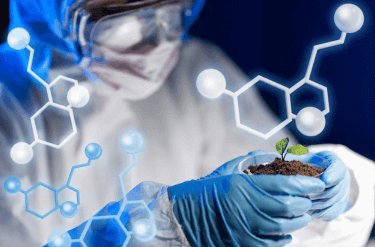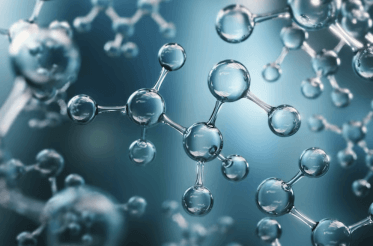Question
a.
1 GTP
b.
1 ATP
c.
2 GTPs
d.
3 GTPs
Posted under Cell Biology
Interact with the Community - Share Your Thoughts
Uncertain About the Answer? Seek Clarification Here.
Understand the Explanation? Include it Here.
Q. Export of molecules from inside the nucleus to the cytoplasm needs hydrolysis ________
Similar Questions
Explore Relevant Multiple Choice Questions (MCQs)
Q. Export of proteins with exportin CRM1 can be inhibited by ___________
View solution
Q. Which of the following cellular RNA is not dependent on RanGTP during transport outside nucleus?
View solution
Q. Which of the following molecules is present in the mitochondrion?
View solution
Q. The enzymes of glycolysis are located in the ______________
View solution
Q. How many reactions are constituted in a glycolytic pathway?
View solution
Q. At the expense of two ATP molecules, how many phosphate groups are present on the fructose in the third step of glycolysis?
View solution
Q. How many molecules of ATP are formed per molecule of glucose oxidized?
View solution
Q. Most of the free energy present in the glucose is stored as ATP after glycolysis.
View solution
Q. In presence of oxygen, how many additional molecules of ATP can be formed by metabolizing pyruvate and NADH in the mitochondria?
View solution
Q. Decarboxylation of pyruvate group takes place in the ________________
View solution
Q. Coenzyme A is derived from _________________
View solution
Q. Mitochondria are not able to transport NADH from cytosol.
View solution
Q. How many molecules of ATP are formed from the catabolism of one glucose molecule?
View solution
Q. TCA cycle is a __________ process and glycolysis is a ______________ process.
View solution
Q. Ionic gradient in which part of the mitochondrion drives the synthesis of ATP?
View solution
Q. Oxidative phosphorylation and substrate-level phosphorylation are two different processes of ATP synthesis.
View solution
Q. All enzymes of the TCA cycle reside in the mitochondrial membrane.
View solution
Q. Which of the following is also known as Krebs cycle?
View solution
Q. How many reactions that occur in the TCA cycle transfer electrons from a substrate to an electron accepting enzyme?
View solution
Q. Which of the following is an important end product of disassembly of fatty acids?
View solution
Recommended Subjects
Are you eager to expand your knowledge beyond Cell Biology? We've handpicked a range of related categories that you might find intriguing.
Click on the categories below to discover a wealth of MCQs and enrich your understanding of various subjects. Happy exploring!








